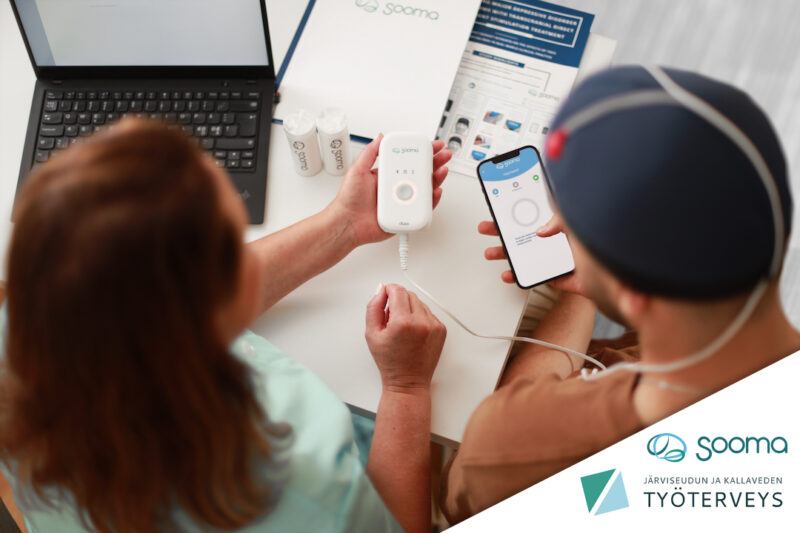The real impact of mental health issues worldwide
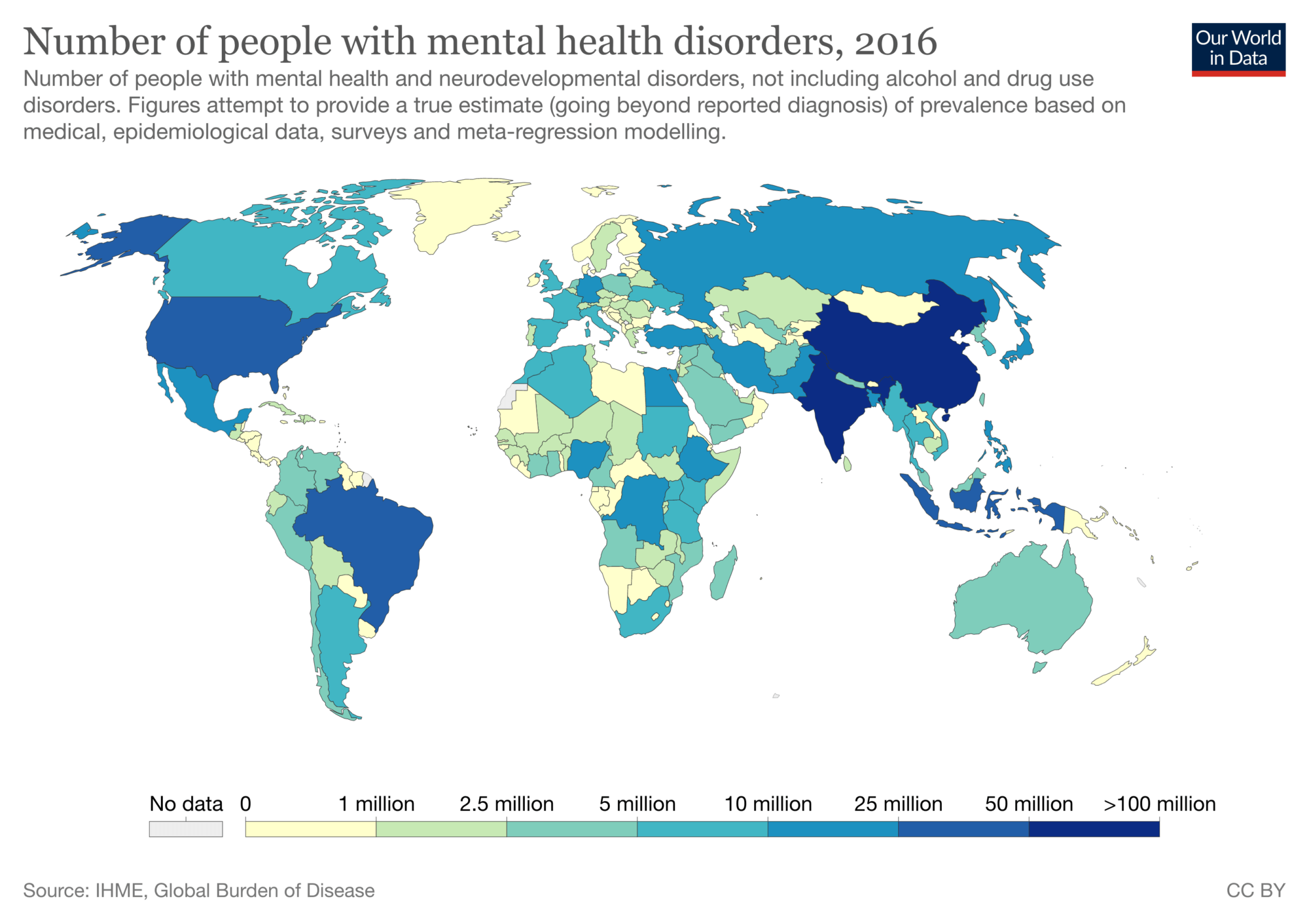
Over 300 million people suffer from severe depression worldwide – equivalent to more than half of EU population. Depression is the underlying cause of the 128 000 suicide deaths every year in Europe, and close to 800 000 globally.
These numbers have grown significantly as a result of the Covid-19 pandemic. Loneliness resulting from reduced social contacts, anxiety over the future, and loss of livelihood has impacted millions of people around the world, causing them to suffer further from anxiety and depressive disorders.
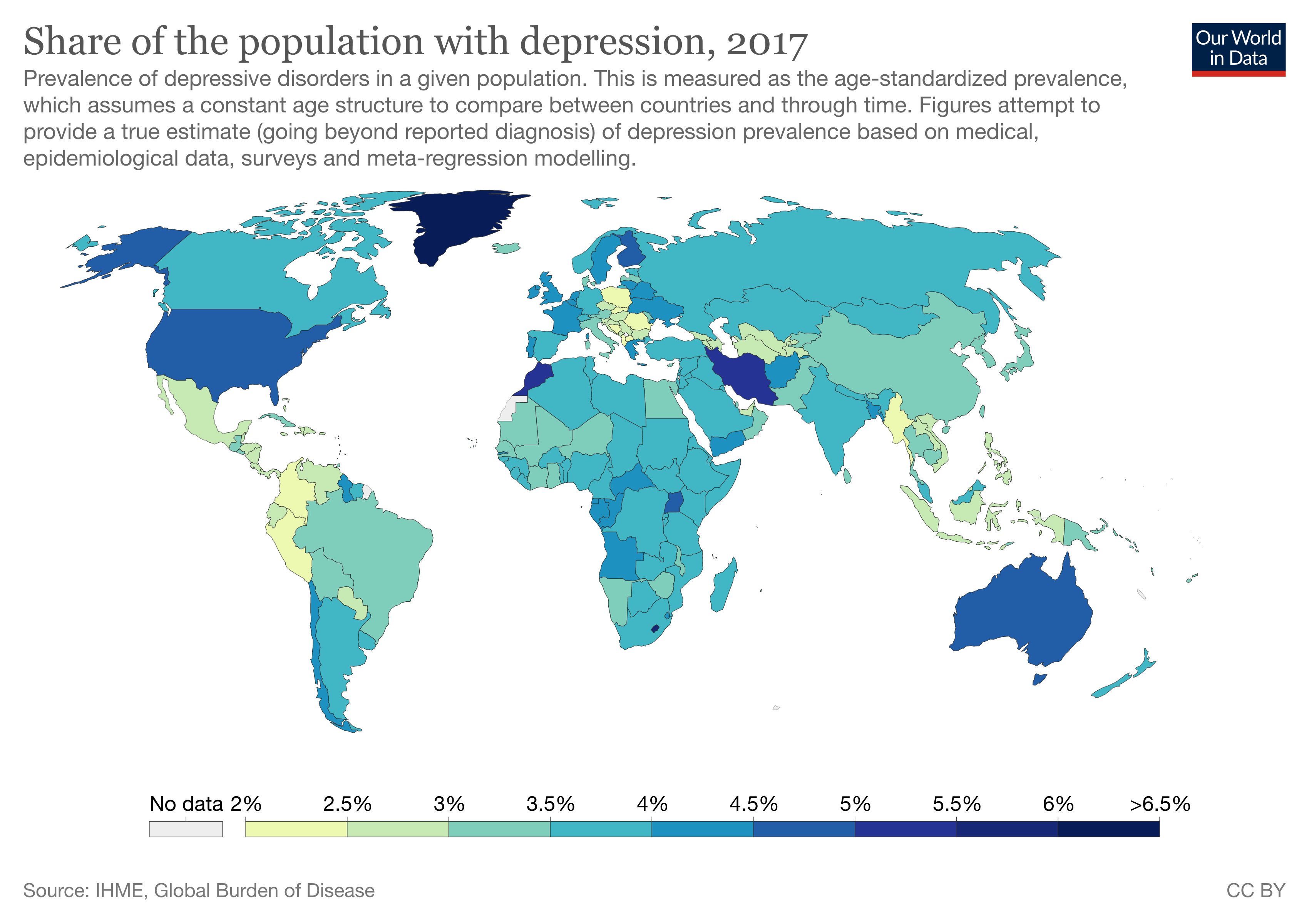
The incidence of depression
Depression is a common and serious mental health disorder. It harms economies through increased healthcare costs, lower productivity, and employee absenteeism.
Suffering from depression is involuntary, just like cancer or diabetes, and it affects people of all ages, all races, and all walks of life. There is no single cause of depression: it can be the result of brain chemistry, hormones, genetics, as well as life experiences, and physical health.
The share of the population with depression ranges mostly between 2% and 6% around the world today, with older individuals (70 and above) at higher risk relative to other age groups. However, depression rates are drastically rising among the working population (especially below 40), as well as among teenagers and adolescents.
Depression resulting suicide rates among teenagers and adolescents are rising rapidly. Suicidal tendencies in teenagers – often influenced by stigmas, developmental challenges, and peer pressure – are especially hard to target.
The hyper-connectivity of today’s teenagers means that they no longer have a place to hide from school-day dramas. This accelerates the path to anxieties and eventually depression.
Likewise, instant gratification gained from superficial social media interactions means that they are not as skilled in forming meaningful relationships compared to the previous generations. This has led to higher rates of loneliness than ever before.
The economic toll of depression
Furthermore, besides the impact on people’s well-being, depression already costs over €600 billion per year – more than 4% of the GDP – to the European economy. These costs are likely to grow significantly in the following years, as we have seen in the past after other global crises (2008 crash, 9/11, SARS, etc.).
The cost of depression comes from productivity loss, employee absenteeism, early retirement, and treatment costs. Statistics from EU countries show that the rates of depression in people aged below 40 are increasing rapidly – posing a serious threat to an already shrinking working-age population.
Severe depression is the single leading cause of disability worldwide. According to WHO, by 2030, the amount of disability and life lost from depression will surpass that from war, accidents, cancer, stroke, and heart disease. This is an unacceptable toll on a treatable disease.
About 90% of the total economic costs related to depression – which are estimated at €600 billion in the EU – are due to improper treatment. There is a clear need for new solutions to provide people with the help they need.

The gap between treatment needs and availability
The key bottleneck is the limited availability of psychiatrists in public healthcare systems globally. This leads to long intervals between treatment adjustments and patients feeling left alone. As a result, fewer than half of the people who seek help actually receive effective treatments (even fewer than 10% in many countries).
At the same time, self-administered treatments like antidepressant drugs have rather low efficacy:
- 30% of the people suffering from major depression (i.e. severe work impairment and potentially suicidal thoughts) refuse to use antidepressants due to side effects (nausea, insomnia, etc.).
- 57% of those who try antidepressants get no results. They either continue trying different meds or give up in frustration because it can literally take years until a working combination of drugs is found. Only 25% of patients return back to work after a sick leave of 12-months.
Finally, psychotherapy apps are designed to help make it easier to seek help by connecting patients directly to professionals. However, as they are merely communication platforms, these apps face challenges when it comes to helping suicidal patients and cannot be used for treating such conditions.
It is therefore urgent to mainstream new and effective therapy tools that do not add work to the already overworked medical personnel. Scalable and effective depression therapy will be imperative to getting the world back in order in the midst of the coronavirus pandemic.
Sooma innovation: effective, safe, and drug-free depression treatment at home
Sooma Depression Therapy is a portable and safe brain stimulation device proven to offer relief from depression in just 2-4 weeks.
Our innovative, clinically proven technology uses non-invasive, weak electrical currents to modulate brain activity in the prefrontal areas of the brain, which are known to underperform for people who suffer from depression compared to healthy people.

TDCS is the treatment method offered by Sooma for depression (Sooma Depression Therapy, indicated for Major Depressive Disorder) and chronic pain (Sooma Pain Therapy, indicated for Fibromyalgia and chronic neuropathic pain).
Sooma treatment restores the patient’s brain activity to its normal baseline. The result is a marked improvement in the patient’s cognitive performance, mood, and overall quality of life. Having been used to treat over 3 000 patients, the treatment has proven painless, well-tolerated, and very easy to set up – it can be used by patients at home.
Our therapy has proven to not have any serious or systemic side effects, unlike widely used antidepressants (whose common side effects are e.g. nausea, insomnia, etc.). As such, Sooma therapy is safe for everyone, even during pregnancy and breastfeeding. Furthermore, Sooma therapy has proven to help people who have not responded to traditional treatment or who are not candidates for traditional therapies.
Latest news
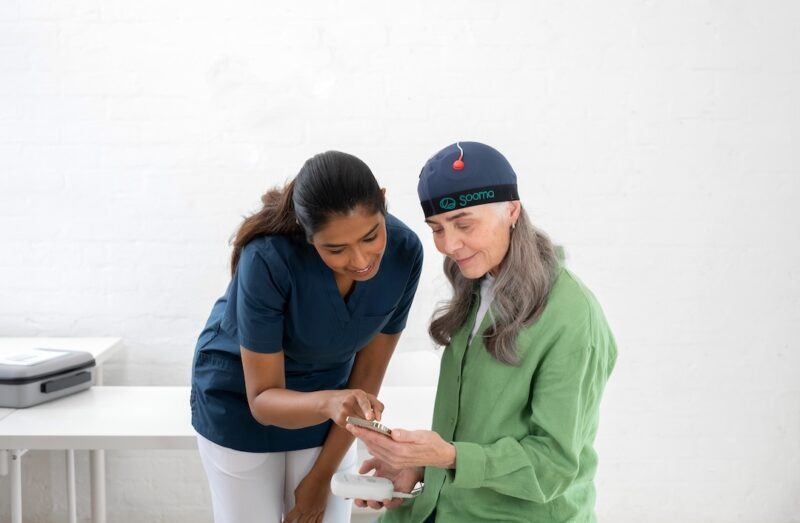
TGA approves Sooma’s at-home brain stimulation for depression in Australia
Read more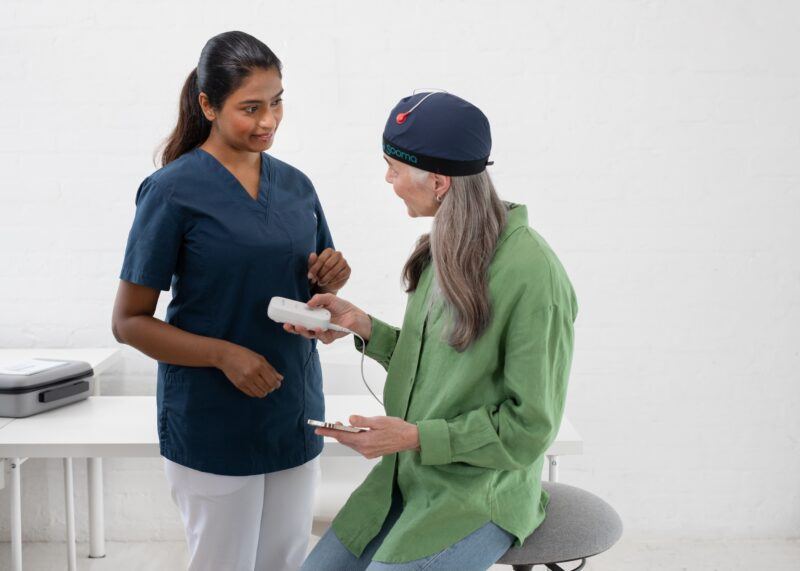
Sooma Medical Announces Pivotal FDA IDE Clinical Trial for At-Home Brain Stimulation Device for Depression Treatment
Read more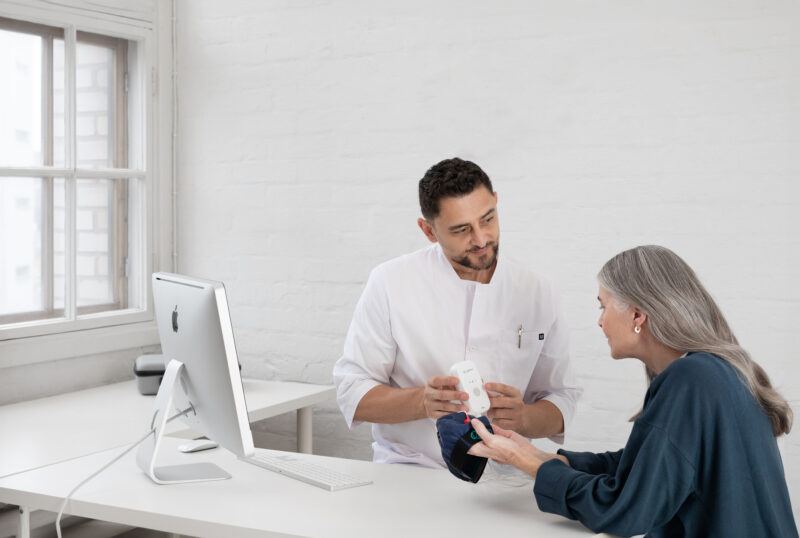
Sooma Pioneers the Integration of Brain Stimulation into Primary Care, Improving Access to Early-Stage Depression Treatment
Read more